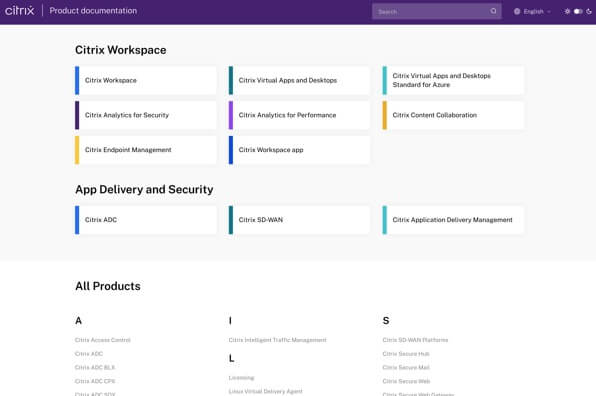Menu
Comprehensive guide for building Jamstack sites and home of the global Jamstack community.
The modern way to build  that delivers better performance
that delivers better performance
Join the global community
Why Jamstack
The Jamstack architecture has many benefits, whether you’re building a large e-commerce site, SaaS application or personal blog.
Better Performance
Why wait for pages to build on the fly when you can generate them at deploy time? When it comes to minimizing the time to first byte, nothing beats pre-built files served over a CDN.
Higher Security
With server-side processes abstracted into microservice APIs, surface areas for attacks are reduced. You can also leverage the domain expertise of specialist third-party services.
Cheaper, Easier Scaling
When your deployment amounts to a stack of files that can be served anywhere, scaling is a matter of serving those files in more places. CDNs are perfect for this, and often include scaling in all of their plans.
Better Developer Experience
Loose coupling and separation of controls allow for more targeted development and debugging, and the expanding selection of CMS options for site generators remove the need to maintain a separate stack for content and marketing.
The future is highly distributed
Jamstack is the new standard architecture for the web. Using Git workflows and modern build tools, pre-rendered content is served to a CDN and made dynamic through APIs and serverless functions. Technologies in the stack include JavaScript frameworks, Static Site Generators, Headless CMSs, and CDNs.

Rise of the Jamstack
Matt Biilmann took the concept of Jamstack mainstream with his presentation at Smashing Conf 2016. Watch the quintessential introduction to the Jamstack.
See more videos and resourcesJamstack-Powered Projects
You have likely visited —and may have even worked on— a Jamstack site, which is commonly built using a static site generator like Gatsby, Next, Jekyll, Hugo, 11ty or Nuxt.
Join the Movement
The conversation about Jamstack is happening right now. Join thousands of developers on Twitter, in global meetup groups and in the official Jamstack community slack.




